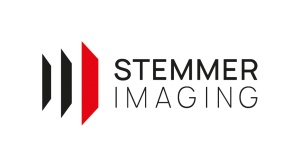Aggregation in the Pharmaceutical Industry: Product Traceability Via Track & Trace
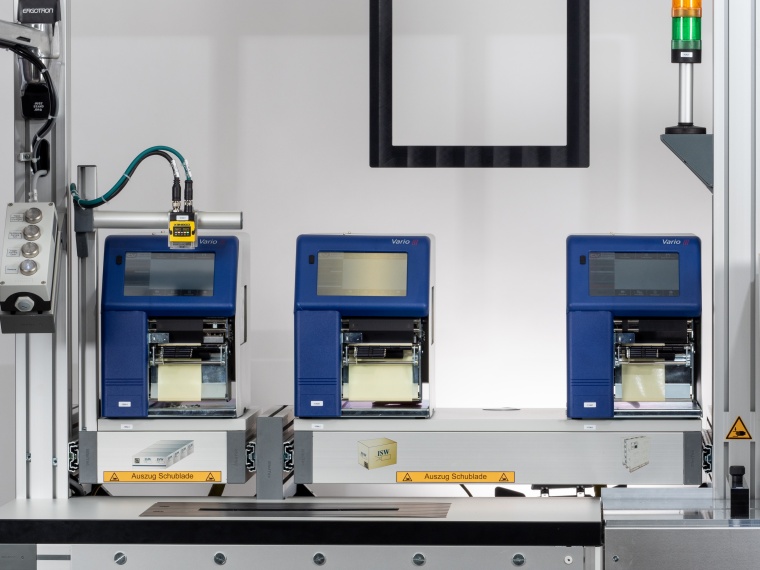
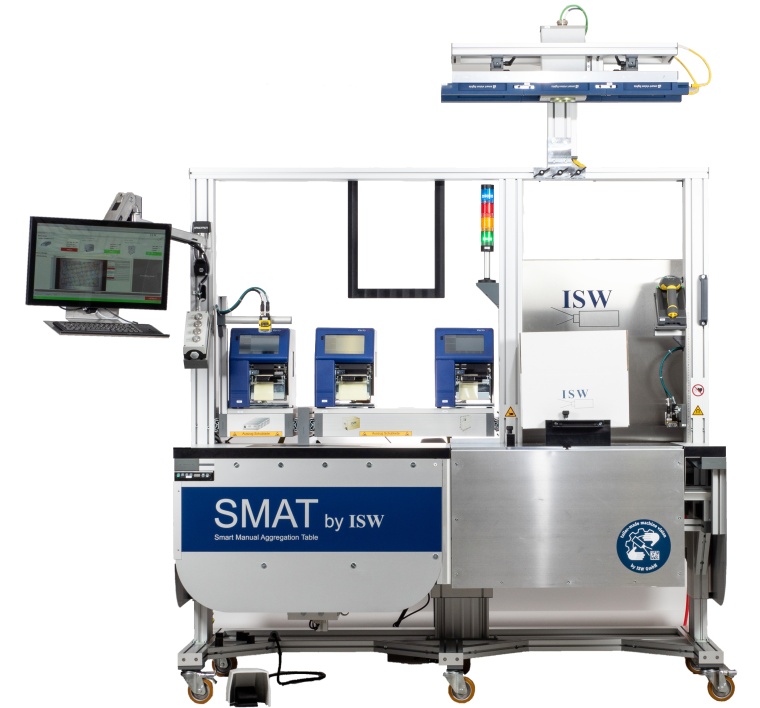
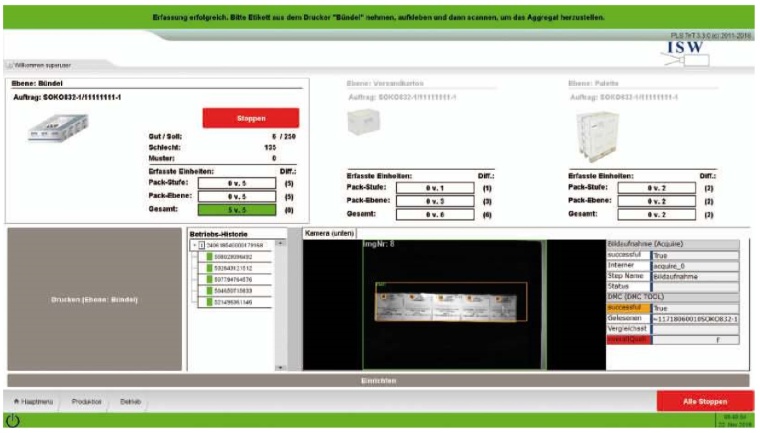
Pharmaceutical companies achieve significant cost savings by using traceability and aggregation solutions. Moreover, they enable compliance with regulations for proof of origin and traceability of prescription drugs. A large part of these benefits results from improvements in process and supply chain efficiency. The Smart Manual Aggregation Table (SMAT) system from ISW, Industrielle Sensorsysteme Wichmann, facilitates the reliable packaging of pharmaceutical products by using machine vision from Stemmer Imaging.
Reducing Error
Pharmaceutical products require logistical tracking with maximum reliability at all times. Fully automated processes considerably reduce the risk of errors. However, many of these solutions are not economical due to various packaging formats on the market. As a result, packaging and shipping are usually handled manually and are therefore susceptible to errors.
The Smart Manual Aggregation Table from Industrielle Sensorsysteme Wichmann significantly improves the safety of such manual packaging processes, promises ISW’s authorized representative Tobias Wichmann: “With this system, we have developed a manual aggregation table for the standard-compliant serialization and aggregation of pharmaceutical packaging from the folding box to the pallet, guiding the operator through the whole process in a simple manner, thus virtually eliminating errors.”
Versatile Stand-Alone System
The stand-alone system is highly flexible and ready for use in a minimum of time: It is simply integrated into the process at the position where the delivered products require packaging. After selecting the next order, the operator scans the delivered bundles of single-unit packages using the camera mounted under a glass cover. For perfect results, the non-required glass surface can be covered by using passe-partouts, which are available for different bundle sizes. Following these preparations, the employee places the first bundle on the table and triggers the image acquisition using a foot switch.
Data of the single-unit packages, such as serial numbers and other identification parameters, are bundled in the data base. If the recording is correct, a label with the corresponding serial number for the scanned bundle is printed and checked by a scanner for its print quality. “This procedure ensures process security, as incorrect printing leads to an error notification and requires reprinting the label or discarding the old bundle tag”, Tobias Wichmann points out.
In the next step, correctly scanned and labelled bundles are manually packed into shipping boxes which are placed on the system’s rocker for easy handling. The SMAT facilitates this step by displaying a packing diagram for the current products. Such packing information is stored in the system for each combination of bundle size and box and can be retrieved for each order. After filling up one layer of the shipping box, the rocker is flipped into the horizontal position and a camera mounted above captures the codes of all previously packed bundles.
As soon as the whole box is filled up according to the packing diagram, the system prints out a label with a single code including the entire box content, which is then attached to the assembled shipping box by the operator. At this point another scanner checks the validity of the code for the current box. „In this way, the data of each single package is linked to the code of the corresponding shipping carton,” Tobias Wichmann explains.
Guide to Correct Aggregation
Once the completed and labelled shipping boxes are stacked on a pallet in the next packing level, SMAT provides similar guidance to the employee: Here again, depending on the carton sizes, packing diagrams are stored and can be displayed on the system screen. After the pallet is loaded according to these instructions, the labels of all cartons are recorded using a hand-held scanner. A third printer creates another label for the entire pallet, which the employee attaches to the pallet before re-reading it with the hand-held scanner to complete the aggregation.
Tobias Wichmann explains: “This procedure allows us to trace every single unit in any box on any pallet at any time. The system reliably detects misprints, poorly legible prints, incorrect or missing serial numbers, as well as quantity errors, thus ensuring greater safety for the manufacturer and in the long run also for the patient.” In addition to complying with the legal requirements for the pharmaceutical industry, SMAT also ensures that no goods are lost during the packing process and that the specified packing information is strictly observed. The system also increases protection against plagiarism, as each single pharmaceutical package is registered by its unique individual code and any fakes can be easily identified.
Competent Support
According to Tobias Wichmann, machine vision is the key component of the entire system. In addition to standard parameters such as cost-effectiveness and usability, the major challenge is developing one solution for the numerous, highly diverse scenarios that must be identified and correctly handled by the system during serialization and aggregation. “The appropriate selection and correct setting of the machine vision systems used were important prerequisites for the successful development of SMAT. As with many other projects in the past, Stemmer Imaging has provided us with excellent service in this area through their expert advice on choosing the right components as well as their in-depth support on technical issues,” emphasizes the ISW authorized representative.
In the final version of the system, various cameras from Allied Vision and Teledyne Dalsa, bar lights from Smart Vision Lights, lenses from Canon and Tamron, scanners and ID readers from Cognex as well as other accessories and filter components are used. „ISW has already implemented around 9,000 camera systems and high-performance systems in various industries worldwide.
Thanks to many years of excellent experience, Stemmer Imaging is always our first choice when machine vision needs to be integrated in our systems,” underlines Tobias Wichmann.
Economical Solution
According to Wichmann, in addition to the optimal hardware selection, the software development was another decisive factor for the solution’s effectiveness: “We had to invest a relatively large amount of time and effort to connect the system to the customer’s central order server and to ensure error-free bidirectional communication. In addition, it was an important goal to provide a user-friendly interface that would allow every employee to operate the system intuitively without the need for extensive training. This was a key requirement for the system’s profitability.”
With the Smart Manual Aggregation Table, ISW can now offer pharmaceutical manufacturers a flexible and cost-efficient solution for manual packaging and aggregation that fully lives up to the company slogan “Tailor-made Machine Vision.”
most read
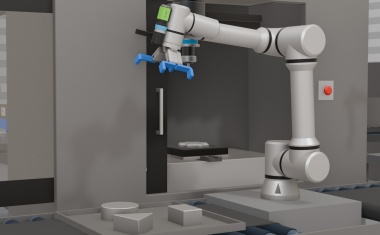
Productivity Boost for the Frontline
Machine Vision and AMRs as Part of AI-Driven Strategies in Manufacturing and Warehouse Operations
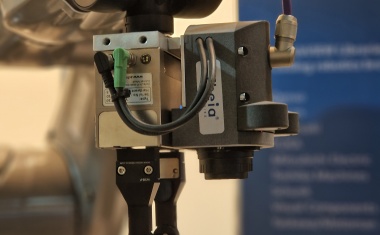
Simplified Integration
Intelligent Lens Systems for Remote and Mobile Applications

There’s a Large Hippo Resting in the Mud
Virtual Video Safaris for Blind and Visually Impaired People
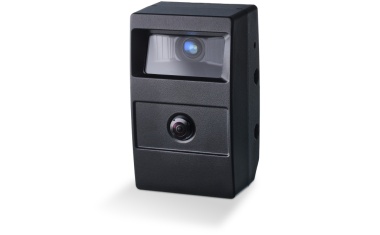
Sensor Fusion in Outdoor Applications
AI-Driven Collision Warning System for Mobile Machinery
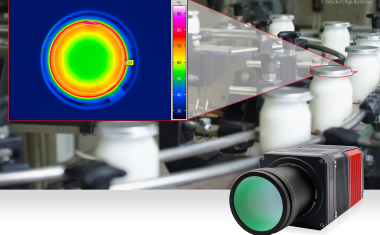
MWIR system camera for continuous industrial operation
Entry into infrared imaging


